The subREAL group, comprised of Călin Dan and Iosif Király (currently consisting of Călin Dan and Iosif Kiràly; Dan Mihălțianu, founding member since 1990, leaves the group in 1993) had a deep influence on Romanian art in the ’90s and 2000s especially through their – incisive, smart, well-made – works which operated a deconstruction of national historical landmarks and symbolic images, either present or (defectively) inherited from previous decades, and also through the fact that they created a neo-neo-avant-garde model, with all the necessary ingredients: critical discourse, visual force, and promotional strategy. Then there is the name: a clever inversion of generic surrealism, shining a light not on the vagaries of the unconscious but on the immediacy of reality as a reflection of recent history, its concealed, profound condition, referencing the underground as strategy and identification.
SubREAL’s works make use of a post-conceptual, neo-avant-garde vocabulary that tackles the political, social, and cultural reality – often in a critical manner and with an ironic tone – as a means of “exorcising the residues of the decades of communist oppression,” as the group put it. If many of subREAL’s works are constituted around an engagement with “soft” cultural resources (myths, clichés, identities), others are also built around “hard” cultural resources, more specifically photography as a key object and structural element in installations and performance pieces. This also entails a change of azimuth, from local and immediate politics and culture to the problematization of ideas around the archive, memory, and manipulation through images.
Art History Archive / A.H.A. (1995-1996) is the title of a series of projects built from the “official” photo archive of Arta Magazine, from between 1953 and 1990. The two artists recovered this impressive source (18 crates with over 600 kilograms of photographic material), which had been floating in bureaucratic limbo, and used it first as raw material, like a readymade, in large ambient installations with deep artistic, historical, political, and personal meanings. Those were the premises of later projects under the title Serving Art, the first of which was presented at Akademie Schloss Solitude in 1997.
Art History Archive and the other related projects built around the recovered photographic archive, especially the Serving Art series, need to be understood equally as a means of researching and making use of memory, a way of activating a poetics of the archive as well as a politics of the photographic image on multiple levels. Such a process fits into a strategy that art historian Hal Foster refers to as “the archival impulse.” That is, an interdisciplinary art practice that deals with lost or abandoned historical information, manifested as a recovering of “alternative knowledge.” And this is exactly what subREAL’s projects do: using innovative aspects and formulae, they tackle a corpus of recovered photographic documents, a strategy (a poetics) that questions the construction of the image, its means of signification, the hierarchies between various genres and approaches, institutional mechanisms, and the power relations that they generate. At the same time, we can identify a strong political dimension both on the visual level of historical photographs – expressions of the aesthetic establishment and the control exercised by the communist regime – and on the level of the construction of the art discourse with which the ’90s series operates, with references to (what were at the time) burning questions about the east and the west, capitalism, and cultural identities.
The project Serving Art 1 (1997-1999) is a photo installation comprising over 750 black-and-white photographs (18 x 24 cm) that cover the entire surface of the gallery’s walls according to a precise pattern. The photographs, developed from negatives selected from Arta magazine’s archive, mentioned above, show artworks (sculptures or paintings) that were supposed to be on the cover of the magazine, from various years. But these images also contain the context of the photographed works, details that were going to be cropped out of the final image: the studio, props, lights, and – most surprising – people holding up a canvas in the background in order to “neutralize” the context, to charge the artwork and send it into an atemporal field.
It is precisely this secondary universe that interests the artists of subREAL, or, more precisely, the relationships established between the art object that represents the main subject of the photograph (now unimportant, even if situated in the center), its context (seen as a testimony of those times, but also of photo manipulation), and the contemporary viewer, with their set of expectations and horizons of knowledge. This collateral world – considered irrelevant and useless in the economy of the final image that was going to be printed – is in fact the measure of the times in which the photograph was taken, while also reflecting the mechanisms constructing the official artistic discourse of the time. Two types of reality, both just as adequate and representative for society back then, meet in each image: on the one hand, the art discourse of the ’50s-’60s-’70s, which was either under the influence of Proletkult and commemorative propaganda or a kind of restrained modernist abstractionism, and on the other hand, the “small” world around art, with anonymous characters and small, telling details placed in the most concrete sense (as can be seen in the images) in the service of art – hence the series’ title, Serving Art.
These two universes coexist and are codependent. One is outside, one is inside, though both play an important role in the visual and signifying economy of the image. One cannot exist without the other, just as ergon (the work itself) depends on parergon (the frame and/or edge). The secondary universe of photography as an intermediary and (impossible) limit. In some phases of the series (perhaps most obviously in Servin Art 2, showcased at the Venice Biennale in 1999), the artists completely do away with the central part of the photographs, which showed the sculpture or painting that was going to be reproduced in the magazine, preserving only the image’s edges, cropped, framed, and displayed rectangularly, following the great logic of the “source” image, giving them a life of their own. Marginalia becomes principalia, the context becomes text, the witnesses become the protagonists. There is a dose of authenticity and absurdity in these secondary worlds: on the one hand we identify the documentary value of these scenes, but also the emphatic/emotional one in connection to the secondary characters servilely serving art, and, on the other hand, we are shocked by the set choices and solutions shown in the images, which speak in a dramatic and anecdotic register about the visual unnaturalness and grotesqueness of totalitarianism.
Like most of subREAL’s actions and works, Serving Art 1 has a double critical dimension, one that can be described as aesthetic/political. SubREAL assumes this dimension not in terms of a dialectics, of a program with an ideological basis, but rather as ways of performing an active resistance, an affirmative interference of history, the social, and the institutional as ways of articulating an antithesis to the definition of the photographic image, the role and use of photography and the archive as they are generally explained.
The most eloquent expression of this critical dimension in the case of Serving Art 1 is the fact that, through the strategy they use, the artists undermine the initial purpose of the negatives discovered in the magazine’s archive, that is, of presenting an apparently autonomous and timeless art object to an impersonal and universal viewer. Except images have never been “neutral,” they have never been the vehicle of a silent presence. Instead, besides their obvious documentary value, they were conceived and taken with the purpose of being a signifying instrument meant to display the relations between the art object, art history, politics, and cultural representation. Both on the level of the photographic negative and that of the collection, precisely through its basic meanings, the Arta archive highlights the two potentialities of the image that Jacques Rancière wrote about: “the image as raw, material presence and the image as discourse encoding a history.” The initial historical and political circumscription of these potentialities is now problematized and contested by subREAL. Serving Art 1 therefore changes the purpose of the images, with all their original historical significance and cultural DNA, deeply changing both their aesthetic meaning and their political charge, and, implicitly, their historical codification. Changing the perspective from object to context, from describing the work to understanding the world around it and, implicitly, its aesthetic and political logic, subREAL’s work manages to give new life to the photographic archive by remedializing it, as Serving Art is first and foremost a (new) archive. As Hal Foster says, the archival impulse does not only consist in harnessing the archive, but also in producing it.
Moving in this critical field, subREAL articulates, as I was saying above, an implicit and an explicit political discourse in Serving Art 1. The contingent nature of the images – their ability to illustrate a specific time and place, what Roland Barthes termed “that-has-been” (“ça-a-été”) – indicates the presence of a reality that has been profoundly marked by the political. The photographs in this series reveal, beyond the apparent innocence of the camera, the power of images to manipulate, to serve political power and its discourse, another, different justification of the series’ title, Serving Art.
But the politically charged critique that subREAL formulates in this series targets not only to the processes of visualization, signification, and/or manipulation characteristic of the communist context in which the negatives originated, but it can also be seen as a critical strategy aimed at the current mechanisms of the political, power relations and contemporary social relations. This possible reading understands serialization, like working with the archive as readymade and photography as found footage, as ways of defying the all-powerful copyright law and the fetishization of the art object in the mechanisms of capitalist art markets. Then, the turn to the archive and the use of abandoned photographic negatives also speak of the politics of memory in a social, cultural, and political context vectored from east to west in this part of Europe, in a certain age, more precisely in the years after the events of 1989. In this sense, Serving Art 1 can be seen as a project about the adequacy and inadequacy of local cultural codes to hegemonic western models and frameworks of interpretation. Serving Art 1 consciously articulates a localized “difference” – not as much through its artistic approach and strategic resolution as through the historical specificity it channels through the found photographs – while at the same time raising questions about the extent to which this local “specificity” can be intelligible on a global level, beyond an undesirable cultural exoticism. This is, without a doubt, another effective way of “serving art.”
Translated by Rareș Grozea
POSTED BY
Horea Avram
Horea Avram is an art historian and independent curator. He researches and writes about art and visual culture in relationship with media technology. He is Associate Professor at the Department of Cin...
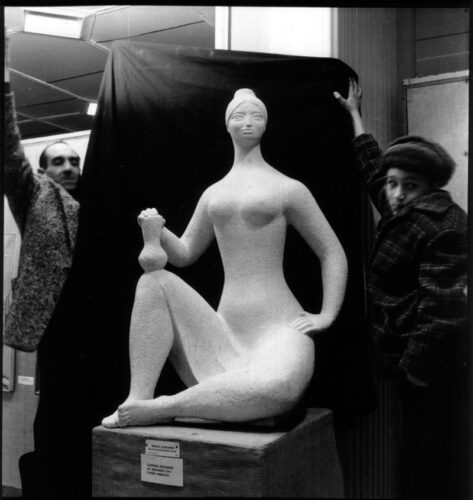
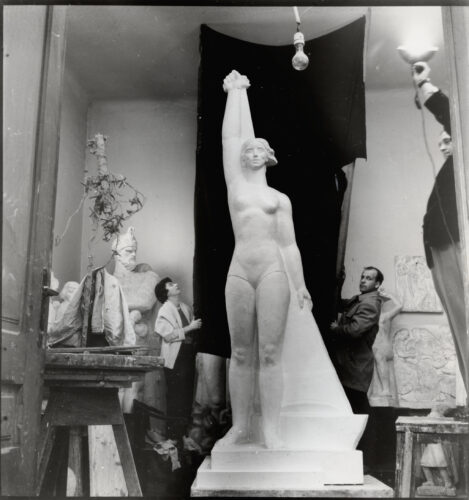
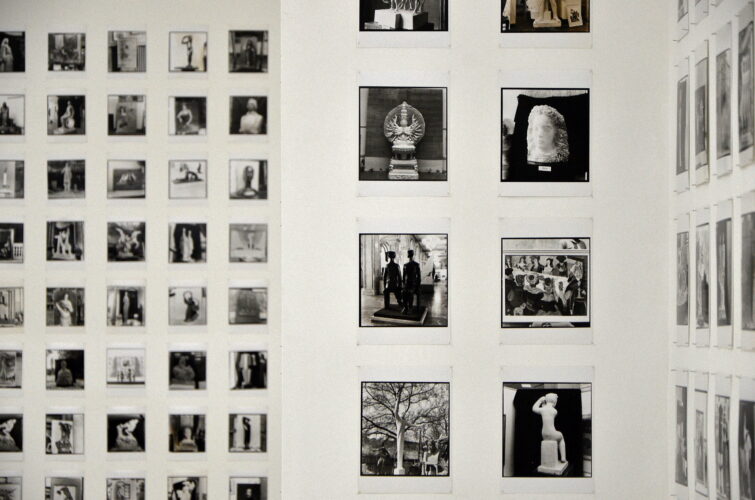
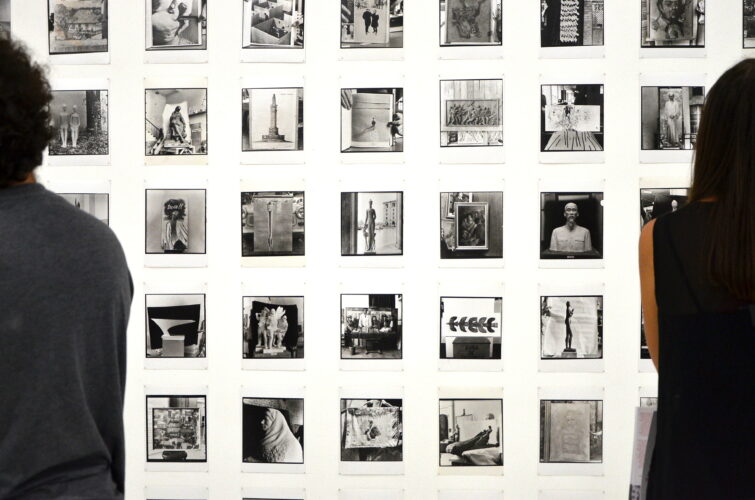
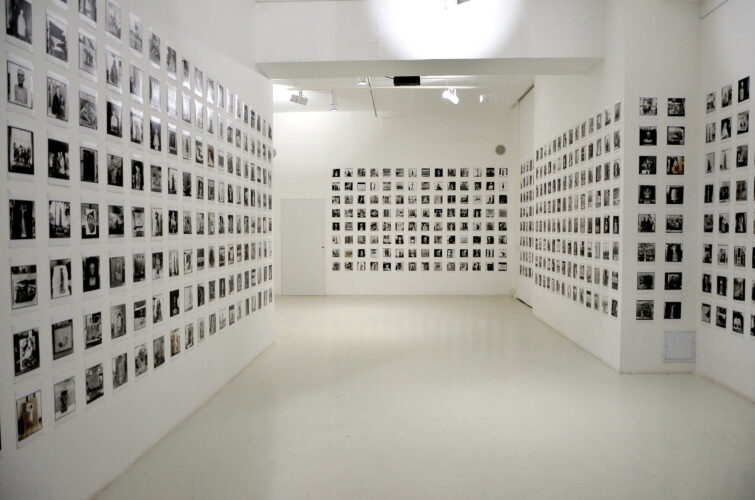
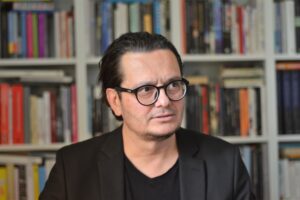
Comments are closed here.